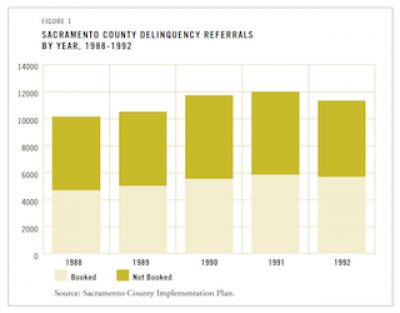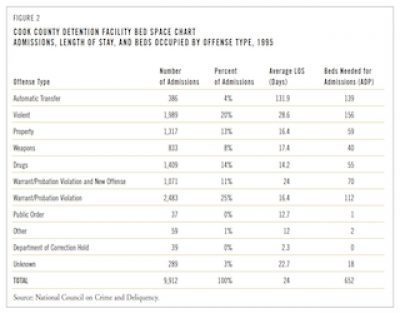Reality Check
Creating the ideal information system isn’t easy. To set yourself up for success, identify clear reform goals so that you know what data to collect. Then, scrutinize your statistics from the get-go to resolve potential snags early and be ready to call for technical help.









